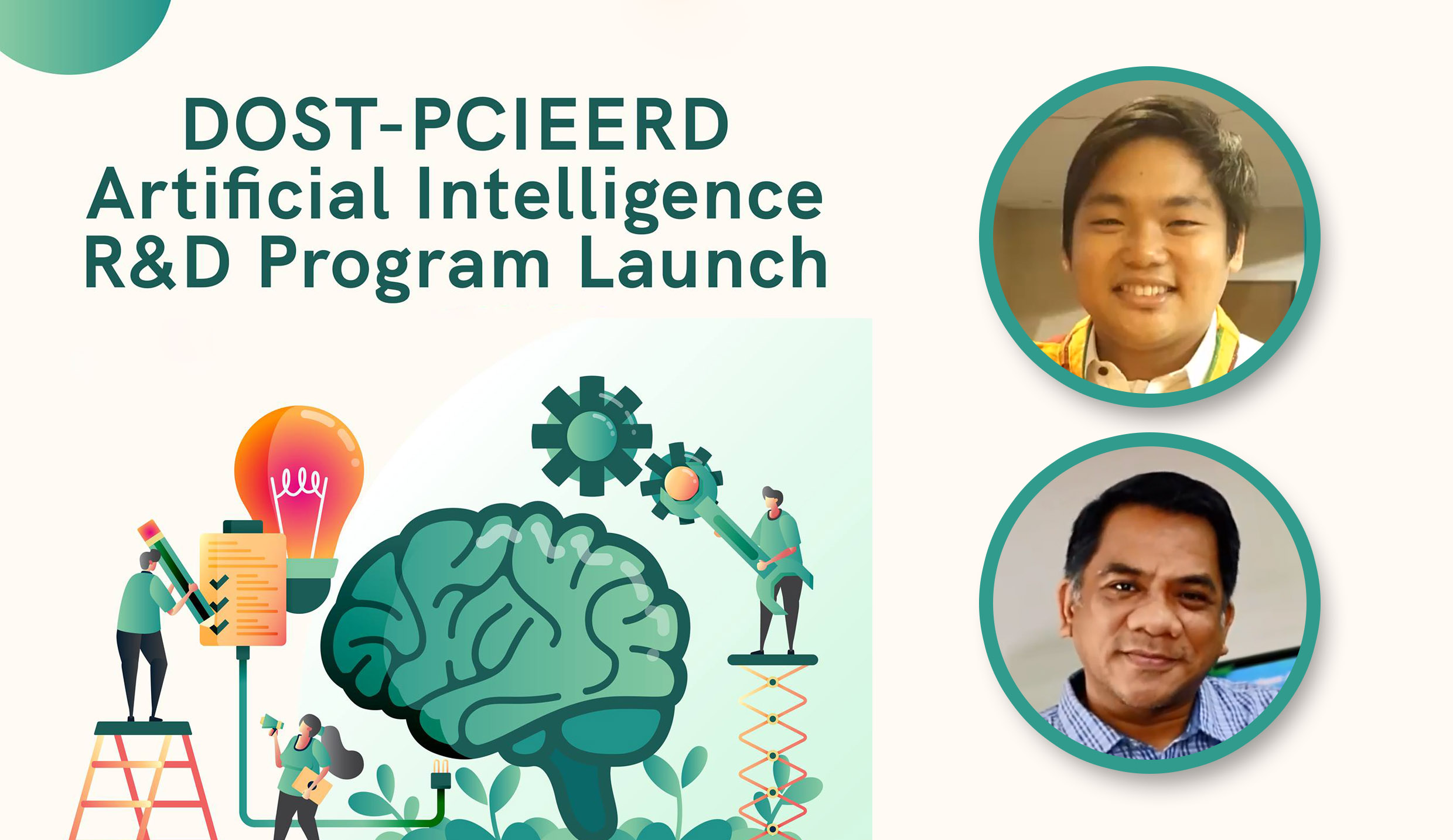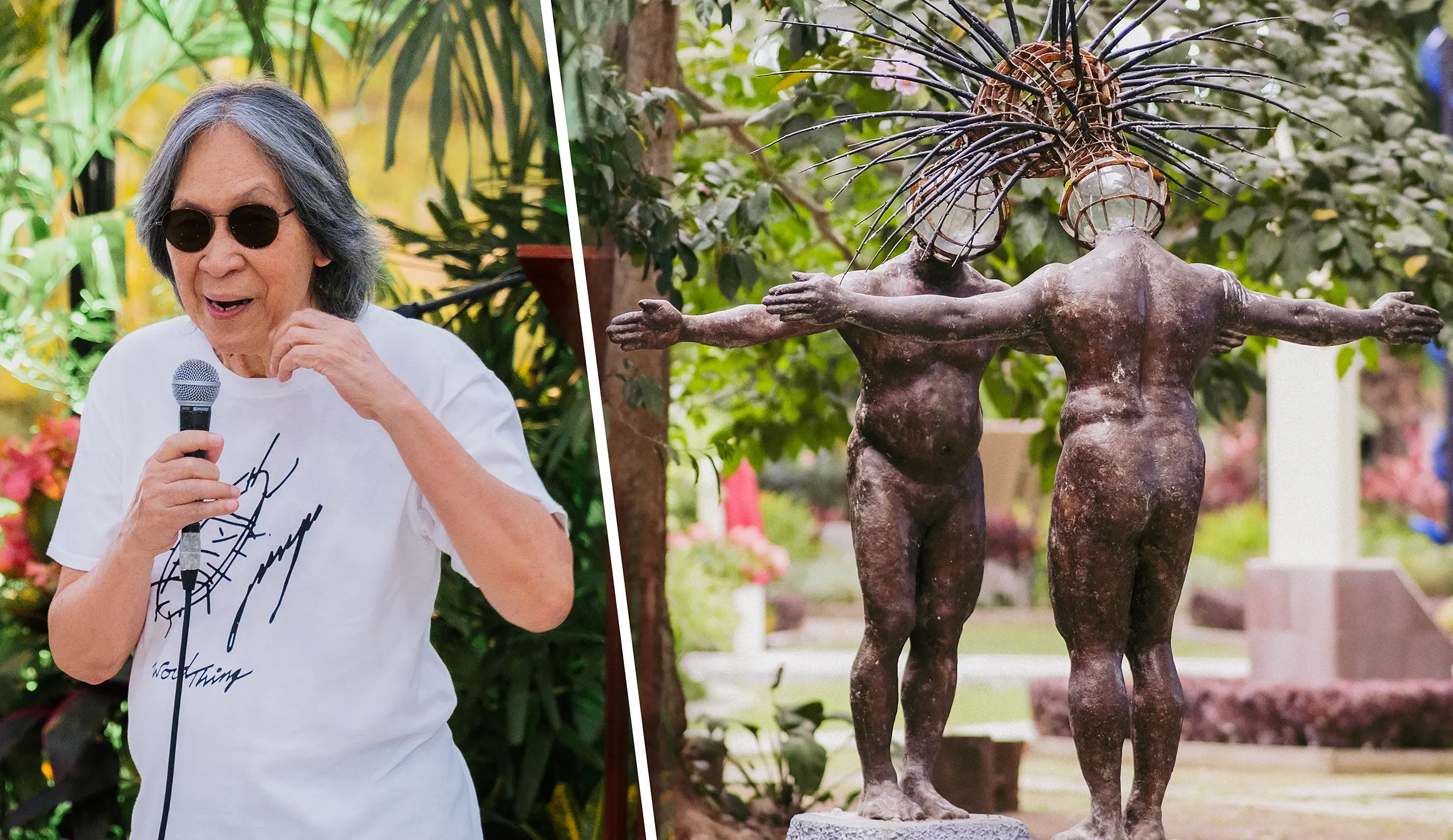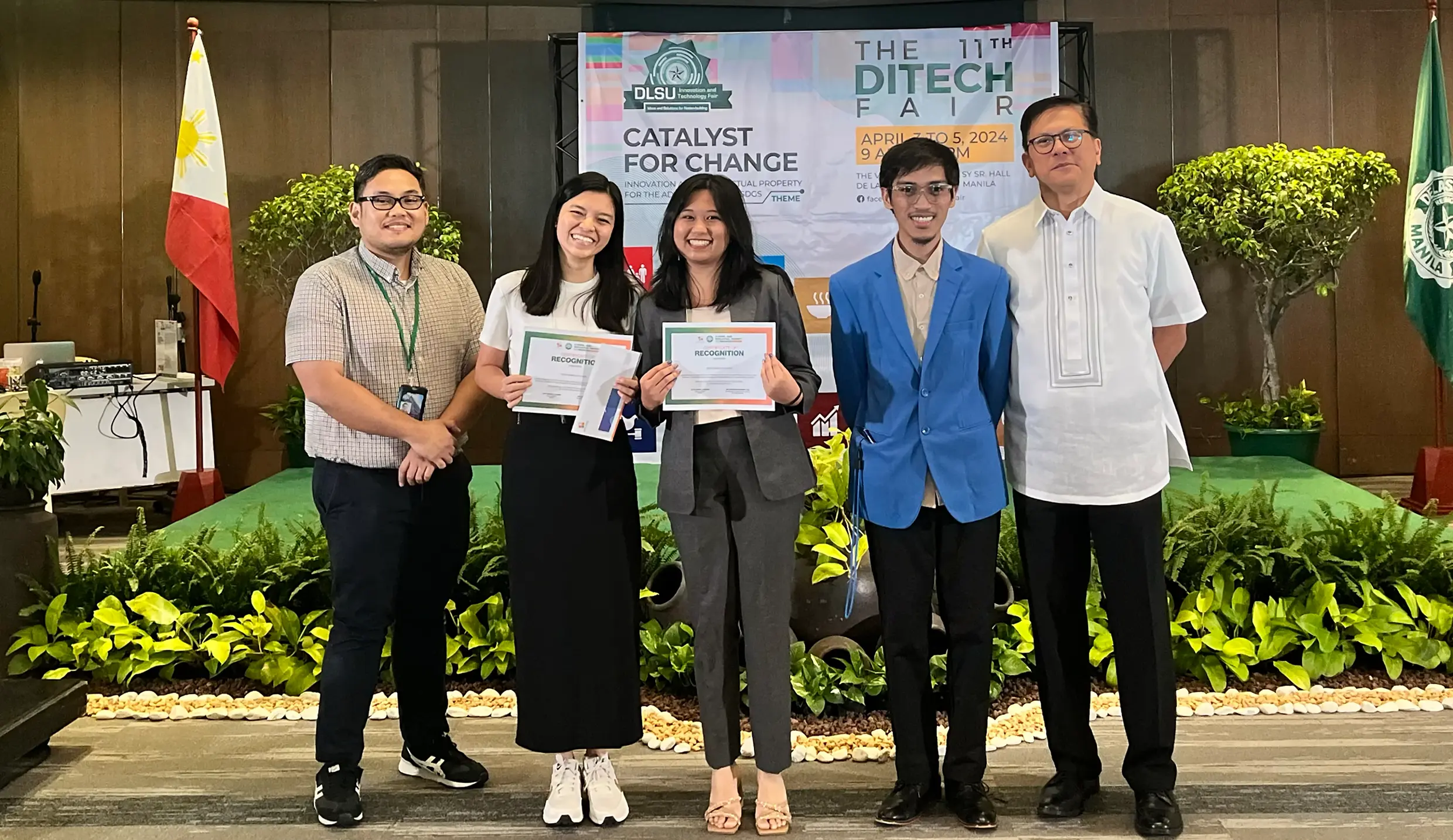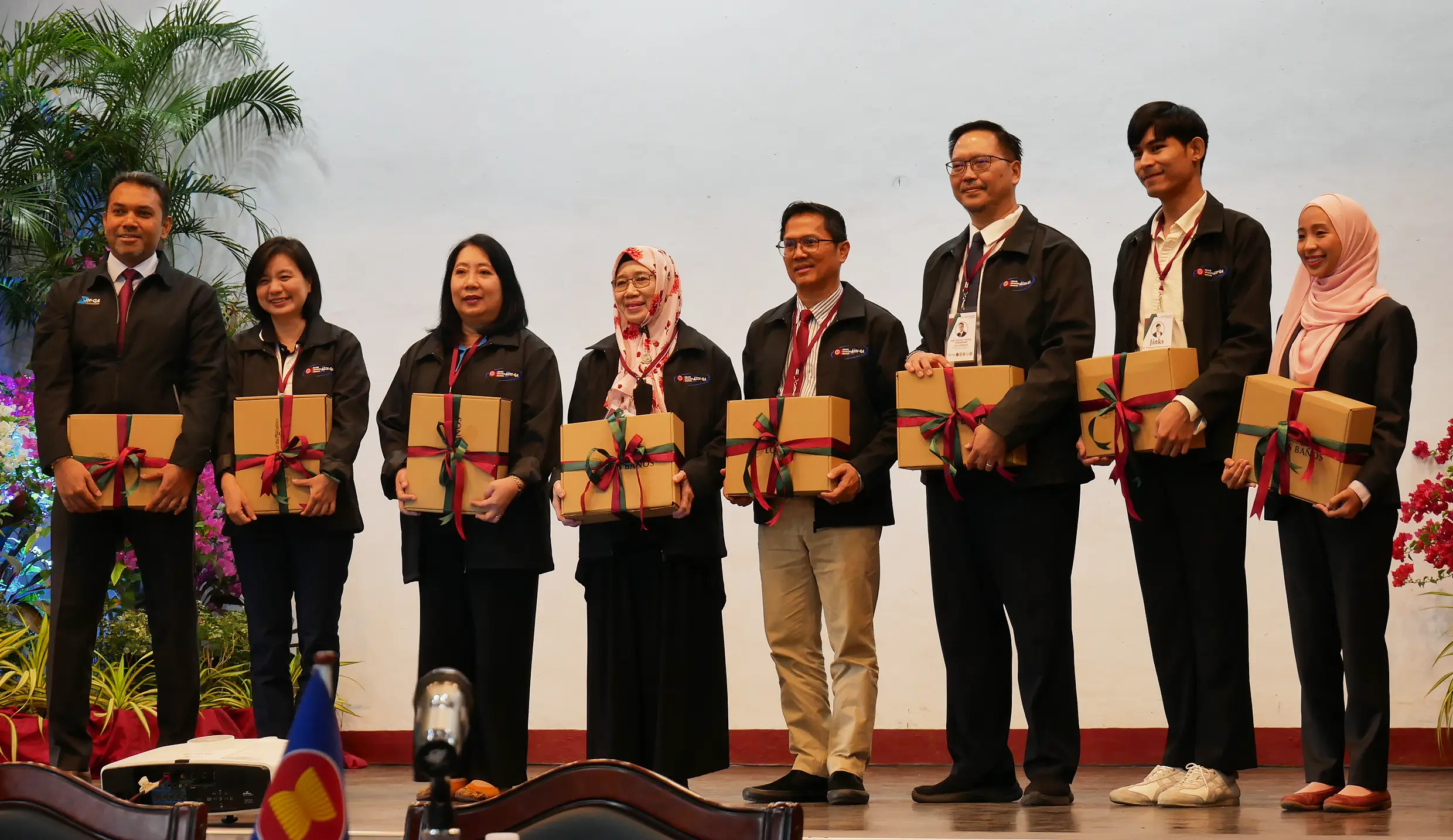
UPLB has made another contribution to technology development with the use of artificial intelligence (AI) and machine learning to help identify materials which can be applied for materials classification, drug searches, food safety protocols, and water quality monitoring, among others.
The software to be developed by the team of Engr. John Paolo A. Ramoso, assistant professor of electrical engineering at the College of Engineering and Agro-Industrial Technology (CEAT), can provide faster data processing, better accuracy, and better generalization of data.
Along with eight other new AI programs from various universities and government institutions, the UPLB program to spearhead the development of the software was launched by the Department of Science and Technology – Philippine Council for Industry, Energy and Emerging Technology Research and Development (DOST-PCIEERD) via video conference on April 8.
The software will be the output of the projects “Development of a Convolutional Neural Network and Recurrent Neural Network Topology for Impedance Spectroscopy Analysis.”
“The objective of the project is to develop an automated software that can import and read data from a spectrometer and give out an estimated equivalent circuit that is used in impedance spectroscopy,” says Ramoso during his presentation.
“Spectroscopy is a study of parameters in the frequency domain between matter and electromagnetic radiation. It’s a basic method for identifying or classifying materials,” he added.
Chancellor Jose V. Camacho, Jr. in his message expressed his gratitude to DOST-PCIEERD for its support.
He said that spectroscopy research is indicative of UPLB’s push toward diversifying and developing its competence and capacity in doing research in other fields of science particularly on AI.
As part of the approval of the project, UPLB is eligible to receive one high-performance computing AI Machine.
The research project runs from February 2021 to February 2023 and is implemented by the Institute of Mathematical Sciences and Physics’ Applied Physics Division and CEAT’s Department of Electrical Engineering.
Through its AI PINAS R&D program, the DOST-PCIEERD aims to use high-performance computing technology and systems for various applications that will provide solutions to pressing national needs. (John Glen S. Sarol)








